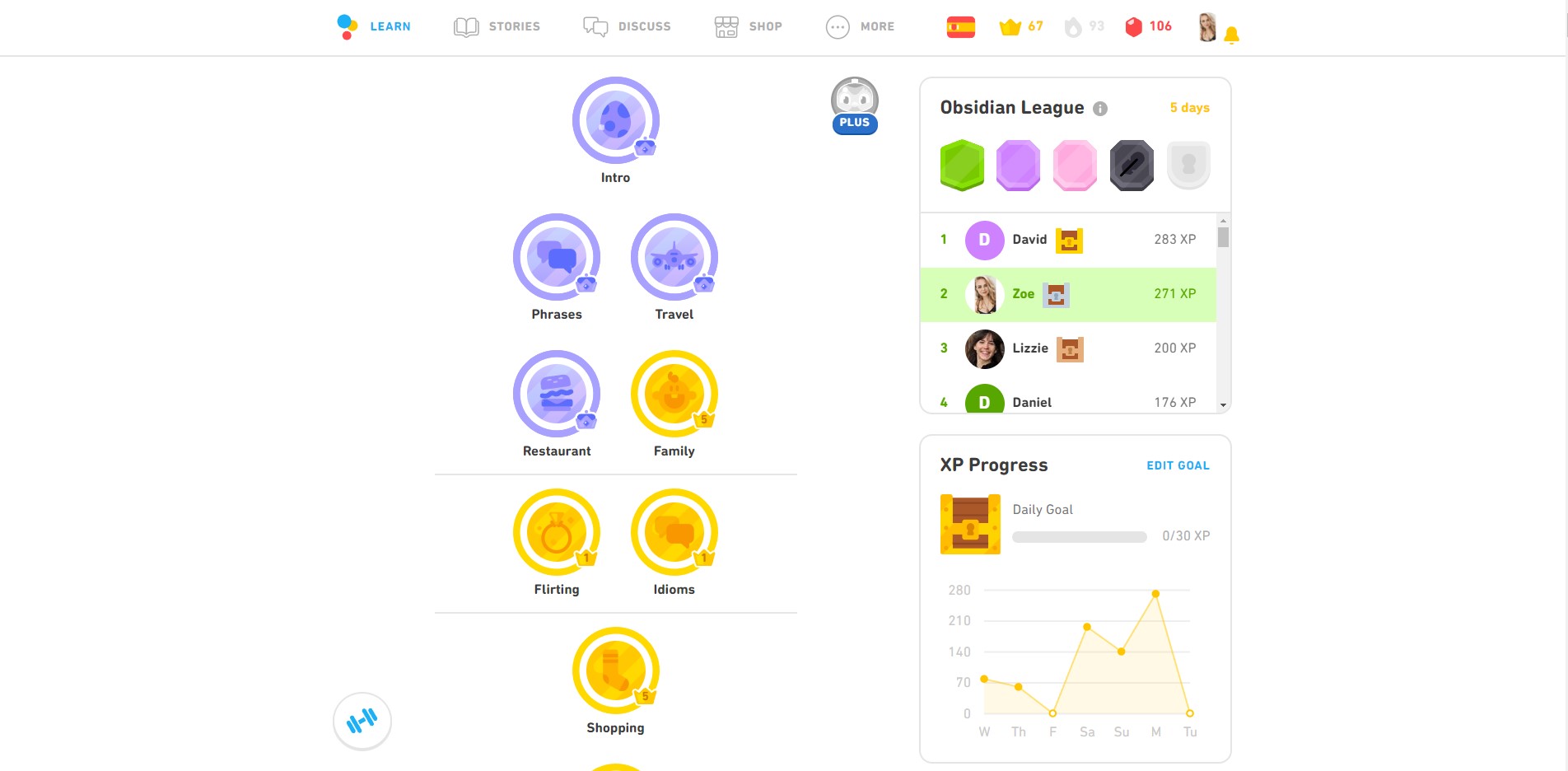Initial Gamification Research
Tasks
- Begin research into gamification
Summary
To start off my project over the summer I have focused on research into gamification and its applications in education.
One article which provided a lot of information and is also referenced in a lot of the paper I started to look at, is Kapp’s “Games, Gamification and the Quest for Learner Engagement” article. Which discusses why games are engaging and how those aspects can be utilised through gamification to engage learners. The main take-away I found from his article was the four main game elements he selected: freedom to fail, the interest curve, storytelling and feedback. Kapp stated that through careful application of these, and other, game elements content can become more engaging. Kapp’s article has been cited in many of the other gamification articles I looked at before - that’s how I found his article - and it provided a lot of good information about gamification and engagement. Reference: Kapp, K, M (2012) Games, Gamification and the Quest for Learner Engagement. T + D, 66 (6), 64-69. [Accessed 02 June 2021]
After some initial research into gamification, I found one article which brought the term “Game Based Learning” to my attention and after reading the article it became pretty clear that this was the terminology I needed to be research, rather than gamification.
“Gamification is using game-based mechanics, aesthetics, and game thinking to engage people, motivate action, promote learning, and solve problems.” (Kapp 2012)
“Game-based learning is the application of any game-based approach designed with the main purpose of delivering learning rather than entertainment.” (Haruna et al, 2018)
The Haruna et al article is a study into how to improve sexual health education through game-based learning and gamification. It provides evidence that both game-based learning and gamification improved students knowledge and understanding greater than traditional methods. What’s also interesting is that there was no effectual difference between the gamification and game-based learning approaches. Haruna et al has shifted my research focus onto game-based learning since it describes the type of project I want to do, rather than gamification. Reference: Haruna, H. and Hu, X. and Chu, S. and Mellecker, R. and Goodluck, G. and Ndekao, S, P. (2018) Improving Sexual Health Education Programs for Adolescent Students through Game-Based Learning and Gamification. International Journal of Environmental Research and Public Health [online]. 15. [Accessed 03 June 2021].
I will now continue researching but focus on game-based learning. I will also start looking at serious games and educational games. However, through my initial research I have already found useful information around how games can be used in education and the benefits of doing so.
I have also been evalutating current examples of both educational games and sex education based games. There does not seem to be many sex education based games that aim to teach sex education in a fun and engaging way.
The main educational game I have found that focuses on teaching sex education has been a masters degree project from Peiying Feng called Tap That. This resembles the type of project I want to create, a fun and engaging way to teach sex education.

Feng uses simple core mechanics to teach about STIs and provides information about the STIs as the users play. I would say that the information about the STIs is given via some text which I would argue isn’t as engaging as it could be. However, the visual style and game mechanics are appealing, engaging and her user testing revealed that players thought it was a great way to learn sex education.
A very popular and well-known educational app is Duolingo. While not focused on sex education Duolingo provides a fun and engaging way to learn a new language. I personally use Duolingo for Spanish and have become victim to many of the gamification techniques used to keep users coming back for more.

Duolingo operates through “bite-sized” lessons, as they describe them, filled with multiple choice, match them up, listen and translate, speak and standard translation questions.
Next Steps
- Focus research on ‘game-based learning’, serious games and educational games.